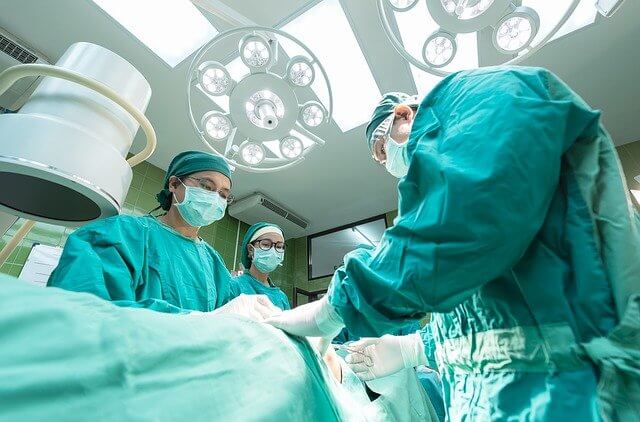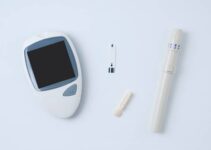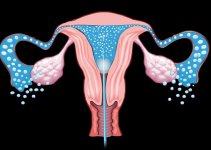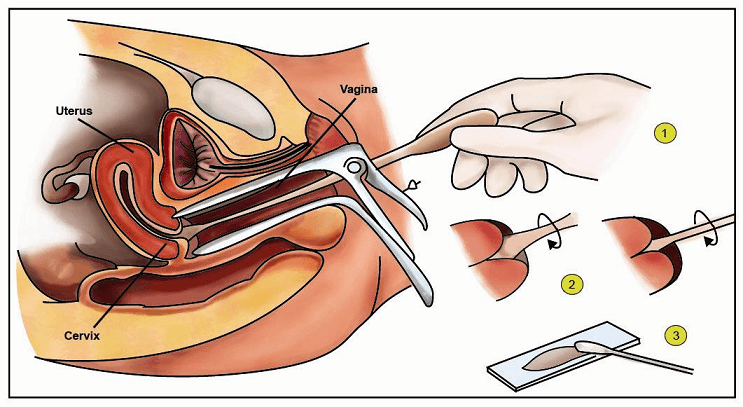Hysteroscopy is a medical procedure considered very important in the medical world today. Its usefulness has grown over the years and it now rates among the very crucial procedures, especially for women. The process largely involves inspection of the uterine opening by endoscopy with entrance mainly through the cervix. The process requires the passage of a telescope through the vagina and cervix to the uterine cavity.

This post takes a deeper look at this medical procedure, its usefulness and how much it goes for in Nigeria today.
What is the cost of hysteroscopy in Nigeria?
One of the core challenges patients face is in Nigeria is the availability and ease of access of hospitals or clinics for the Hysteroscopy. Based on recent reports, the process costs between N150, 000 and N350, 000 depending on the hospital or clinic and more importantly, the location.
There are some other factors that influence the cost of hysteroscopy in Nigeria. Some of these factors include the hospital you are looking to undergo the surgery at, the age of the patient and the type of hysteroscopy required for the patient’s condition.
Hysteroscopy: What you should know about the medical procedure
Hysteroscopy is a medical procedure that involves the doctor inspecting the lining of the uterus. The doctor uses a thin inspecting tool, hysteroscope, to inspect the inner parts of the vagina. He or she inserts the tip of hysteroscope into the patient’s vagina and gradually moved the instrument through the cervix into the uterus. The instrument is designed to have a light and camera hooked to its base so the doctor can see the endometrium on a screen.
Hysteroscopy is done for many reasons. One of the main reasons the process is performed is to detect the cause of abnormal bleeding or bleeding that occurs after a woman has reached menopause. The process is also carried out to check if a complication in the uterus is preventing the patient from being fertile.
Procedures for hysteroscopy
Before the procedure, the medical doctor prescribes a sedative to help the patient to relax, in most cases. They also psychologically prepare the minds of the patient to be ready for the procedure. The doctor then prepares the patient for anesthesia. During the process, the medical doctor is expected to dilate the cervix to allow easy passage of the hysteroscopy through the vagina. The instrument, which is used in the inspection, is inserted through the vagina and cervix into the uterus. This is followed by a process where Carbon dioxide gas or a liquid solution is inserted into the uterus, though the instrument to expand it and clear mucus or blood in the path.
After this, a light is displayed through the hysteroscope, which allows the doctor to see the inner parts of the uterus and the openings of the fallopian tubes in through to the uterine cavity. In cases where surgery is required, small instruments are further inserted into the uterus through the hysteroscope.
Why is a hysteroscopy done?
Hysteroscopy is regarded as one of the very important medical procedures in today’s world. The procedure can be used for both diagnosis and treatment, depending on the condition being identified. Generally, hysteroscopy is one of numerous procedures that doctors may recommend to assess or treat irregularities of the uterus or cervix. Since the process helps examine the lining and interior of the uterus, it is not appropriate for assessing problems within the walls or on the outer surface of the uterus.
Hysteroscopy is usually recommended as one step in the assessment of a number of gynaecological problems, which include;
- Abnormal vaginal bleeding
- Retained placenta or products of conception after a birth or miscarriage
- Congenital anatomical abnormalities of the female genital tract
- Damages, or adhesions, from previous uterine surgery or instrumentation such as dilation and curettage (D&C)
- Polyps or fibroid tumours inside the cervical canal or inside the uterine cavity
In some cases, hysteroscopy can be used to help identify the location of irregularities in the uterine lining for sampling and biopsy. The process can also be used to perform surgical sterilization.
Side effects and complications of hysteroscopy
Generally, side effects experienced after hysteroscopy depends on how the body reacts to the process. Women should get ready to experience light vaginal bleeding and some cramping after the hysteroscopy procedure. Also, some cramping may be felt during the process, depending on the type of anaesthesia the doctor used.
Complications are rare during and after the procedure. However, some few complications have been reported. These include perforation of the uterus, bleeding, infection, damage to the urinary or digestive tract, and some other medical complications as a result of patient’s reactions to drugs or anesthetic agents. Inadvertent perforation of the uterus is the most reported complication.
Some other complications include;
- Damage to the womb: Depending on the severity, this can be treated with antibiotics and in extreme cases, surgery might be required.
- Damage to the cervix: This can also be fixed when detected early
- Womb infections: This usually causes discharges that are odourless and can be treated with antibiotics.
- Feeling faint or dizzy: This is usually caused by the anaesthetics used during the process. Depending on the strength, it wears off after a while. If this side effects persist, it is important for patients to see their doctors as soon as possible.
- Excessive bleeding during or after the procedure: This can be contained with medications or further procedure, depending on the severity.
Related posts
- Cost of Tuberculosis Test in Lagos Nigeria (April 2024)
- Cost of Radiotherapy in Nigeria (April 2024)
- Cost of Medical Exam for Canada Immigration in Nigeria
- Cost of MRI in Nigeria (April 2024)
- Cost of Laparoscopy in Nigeria (April 2024)
- Cost of DNA Test in Nigeria (April 2024)
- Best Hospitals for Kidney Transplant in Nigeria (2024)
- Cost of Kuding Tea in Nigeria (2024)
- Me Cure Nigeria Price List (April 2024)
- Cost of Treating Hepatitis B in Nigeria (2024)
- Cost of Dental Braces in Nigeria (April 2024)
- Omron Blood Pressure Machine Prices in Nigeria (2024)
- Cost of Chemotherapy in Nigeria (2024)
- Cost of Endoscopy in Nigeria (April 2024)
- The Cost of IUI in Nigeria (2024)
- The Cost of Hysteroscopy in Nigeria (2024)
- Cost of PCR Test in Nigeria (April 2024)
- Synlab Price List (April 2024)
- Cost of Pap Smear in Nigeria (April 2024)
- Cost of Dialysis in Nigeria (April 2024)
- The Cost of Kidney Transplant in Nigeria (2024)
- Sphygmomanometer Prices in Nigeria (April 2024)
- Nordica Fertility Centre Price List (April 2024)
- Cost of IVF in Nigeria (2024): All You Need to Know
- Afriglobal Medicare Price List (April 2024)
- Cost of Ultrasound Scan in Nigeria (April 2024)
- Fohow Products Price List (April 2024)
- Cost of HSG Test in Nigeria (April 2024)
- Cost of Fibroid Surgery in Nigeria (April 2024)
- Glucometer Prices in Nigeria (April 2024)





